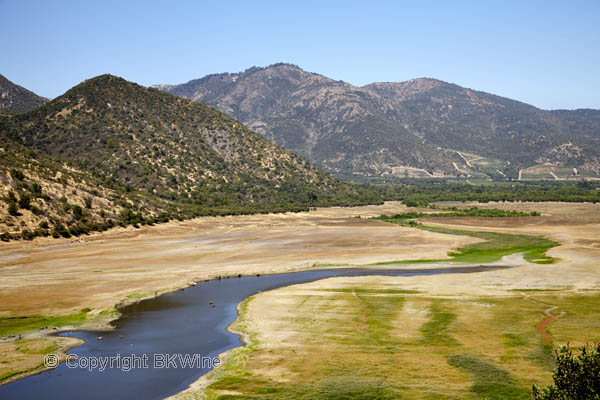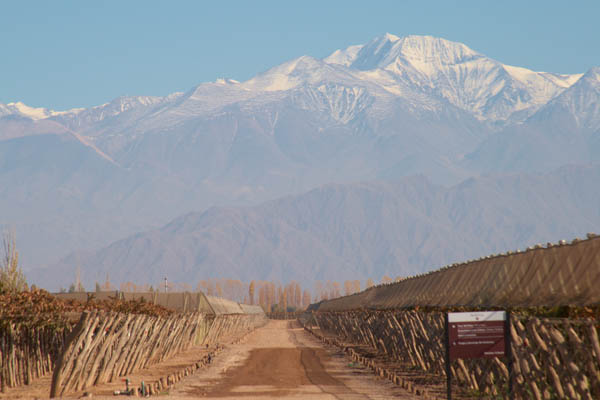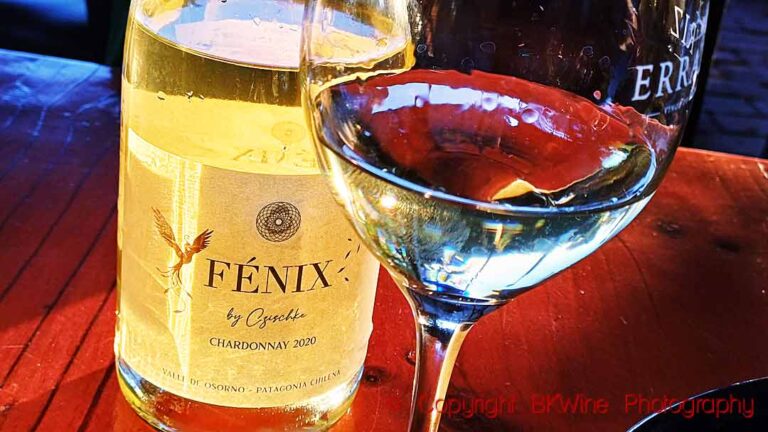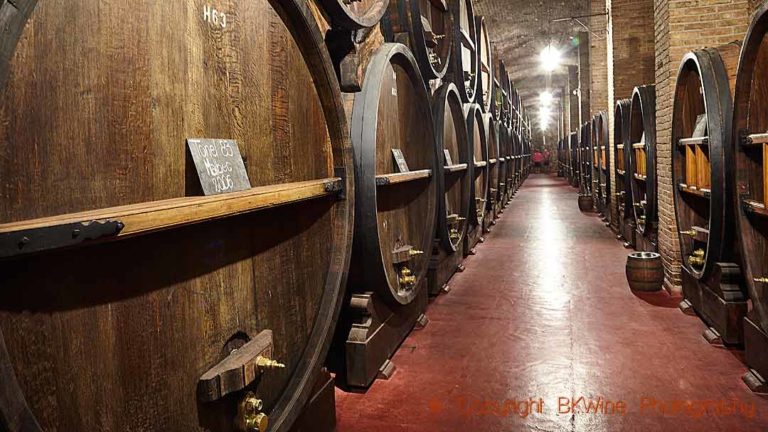Carignan is a grape loved by many producers in the Languedoc who think that Carignan gives the most typical Languedoc wines. Also in other places you find growers that are fond of the Carignan. In the region of Maule in Chile, there is an association that calls itself VIGNO. It is a group of producers that make wine from old Carignan vines. To qualify as a VIGNO wine, the wine must contain at least 65% Carignan from Maule. The vines must be at least 30 years old and cannot be irrigated. VIGNO wines are made both by very small wineries and some of the big ones, like Concha y Toro and Undurraga.
We have not yet tasted any of these wines, but will hopefully do so soon. Carignan is a favourite of ours too.
The University of Talca, the capital of Maule wine region, and the University of Santiago De Chile has launched a research project to study 400 hectares of Carignan from different growers, to see how the vines thrive and grow in different soils and different climates. Perhaps Carmenère will soon see itself overtaken by Carignan as Chile’s emblematic grape? Carmenère is grown on around 9,000 hectares in Chile.
The most important grape variety in Chile however is Cabernet Sauvignon, planted on over 40 000 hectares. Read more here: lepanmedia.com
Details on our wine tour to South America, Chile and Argentina, here.












